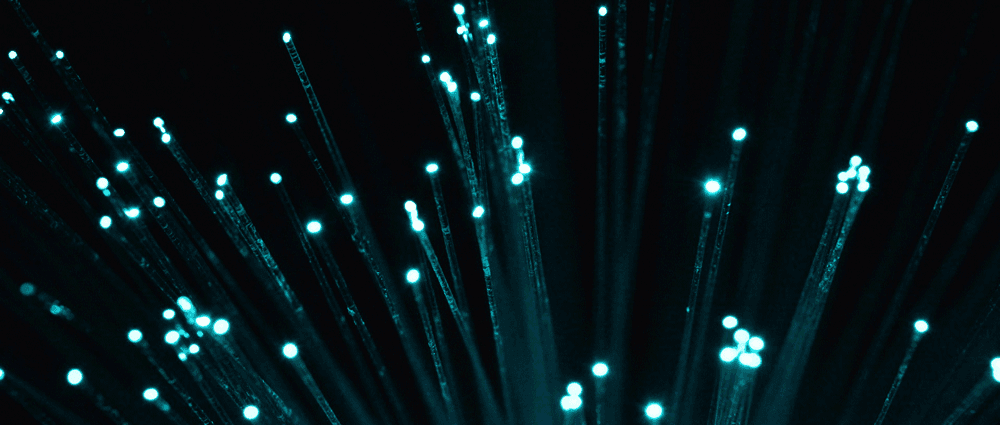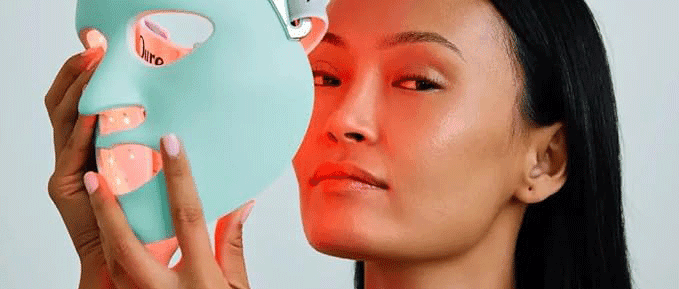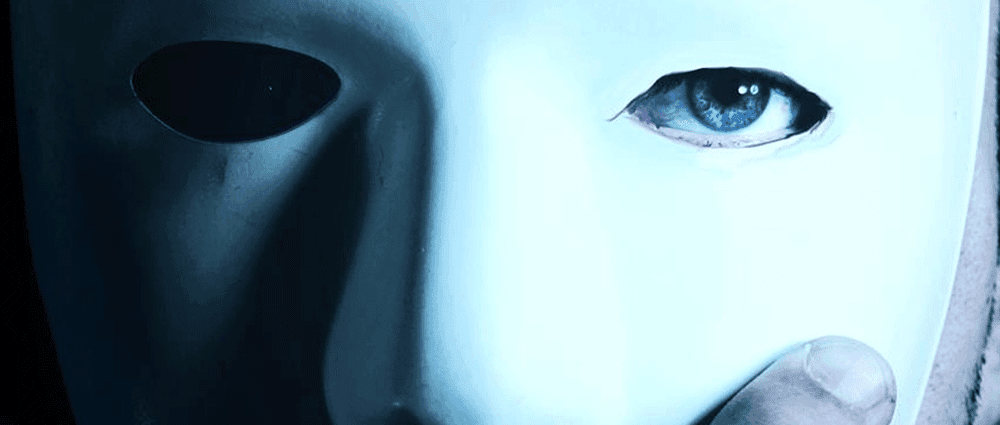If you don’t use an LED face mask yourself, you’ve certainly seen someone wearing one, either in bed, right next to you, or on social media.
These devices, which are also called light therapy face masks, use light-emitting diodes to shine light at specific wavelengths onto the skin for the purpose of firming the skin, reducing wrinkles, and controlling acne.
The masks, which are also available in wand form, can cost upward of several thousand dollars. Which begs the question: Do they work?

What is light therapy supposed to do?
Many LED masks and wands emit red light with wavelengths between 630 and 700 nanometers. Red light can deeply penetrate the skin to boost the production of elastin and collagen, proteins that help maintain skin’s elasticity and strength. In doing so, red light may minimize wrinkles and help skin look younger.
Other devices emit near-infrared light, around 700 nanometers or more, which can reduce inflammation and accelerate wound healing.
That said, no one’s entirely sure how the light produces these effects. But the thinking is that skin cells absorb the light and convert it into signals that increase the production of elastin and collagen and help facilitate other aspects of healing.
Some LED masks emit blue light, typically between 400 and 490 nanometers. These shorter wavelengths are thought to penetrate the skin less deeply, where they can kill some types of bacteria and reduce oil gland activity, helping to prevent acne breakouts.
Depending on your needs, many products can alternate between different wavelengths.

What does the research say?
Research suggests that light therapy in general can benefit the skin, but few controlled trials have been conducted on the at-home devices that have become popular.
In a 2007 randomized controlled trial, researchers, using an over-the-counter LED face mask, applied red light, near-infrared light, a combination of the two, or fake light to one side of the 76 participants’ faces. They did this twice a week for 20 minutes at a time over four weeks. Compared to the fake treatment, each form of light treatment reduced the appearance of wrinkles and improved the skin’s elasticity.
The benefits of using blue light to control acne are less clear.
A 2019 review and analysis of 14 clinical trials on the effectiveness of blue light therapy for acne, including treatments done in dermatologists’ offices, found that most trials had significant flaws, which prevented a “firm conclusion.”
Even if blue light therapy turns out to be effective against acne, it may not clear up entirely. The therapy shouldn’t replace more proven topical treatments like retinoids or in-office procedures like intense pulsed light therapy.
It’s safe to use light therapy in conjunction with other treatments, including retinol. They work in different ways, so their benefits are likely to be additive.

Are all light therapy devices the same?
Wands and masks can both work, but wands typically require more effort because you have to manually move them across your face.
If you’re shopping for an LED mask, choose one marketed as “FDA-cleared,” meaning the company has provided information to the Food and Drug Administration demonstrating its safety and effectiveness.
Generally, the more bulbs a device has, the better, to maximize the amount of light hitting the skin. Look for devices with bulbs that are evenly spaced so that all areas of the skin receive equal treatment.
Before using a mask or wand, wash your face. It will help the light penetrate your skin. Always use the device as directed – usually 10 to 20 minutes at a time, three to five times a week. And be patient. It will likely take several weeks for results to become visible.
Side effects are rare, but they do happen. For one, the light can damage your eyes. So wear protective goggles or close your eyes when using a wand, or only use a mask with eye holes or eye shields. If you’re taking medications that can cause light sensitivity – including some retinoids – you may be at higher risk of developing redness or burning. People with darker skin tones, rarely, experience darkening of the skin after LED therapy. This is more likely if the treatment warms your skin – ideally, it shouldn’t.
People who are pregnant or who have skin infections, conditions that make them sensitive to light, or certain autoimmune conditions should consult a board-certified dermatologist before trying a light therapy device.



 Hidradenitis Suppurativa Can Look Like Acne, But It’s Much More Serious
Hidradenitis Suppurativa Can Look Like Acne, But It’s Much More Serious